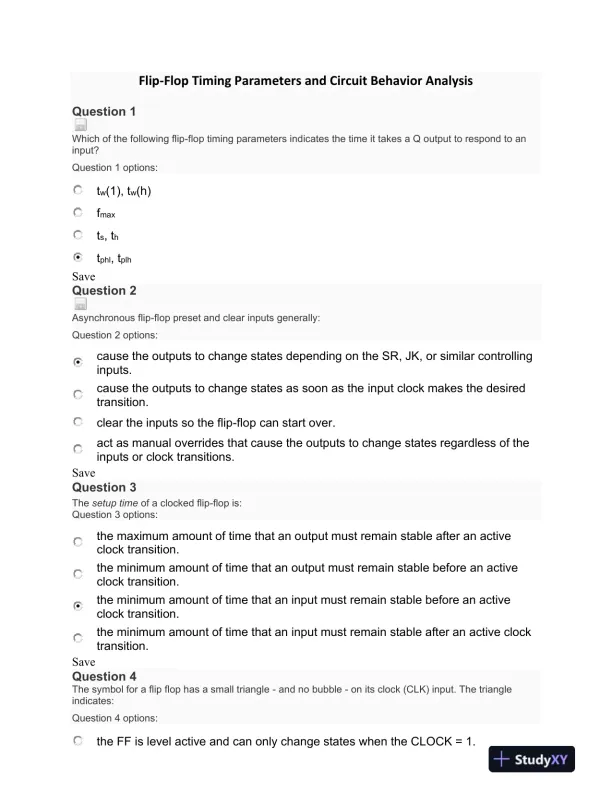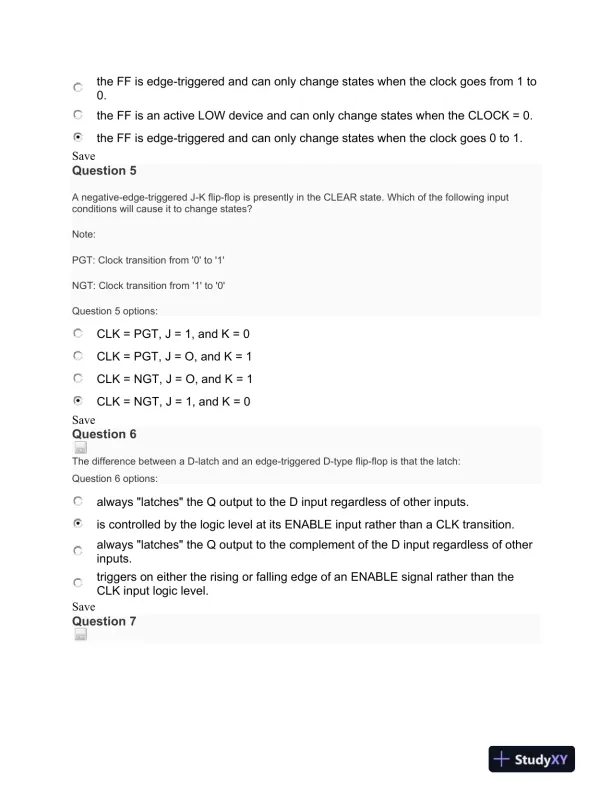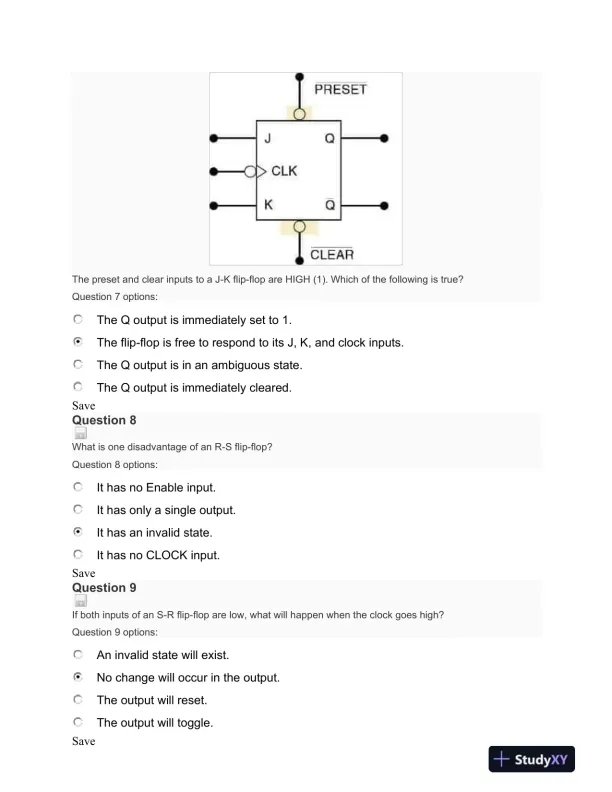Page 1

Loading page image...
Page 2

Loading page image...
Page 3

Loading page image...
Page 4

Loading page image...
A study of flip-flop circuits and their timing characteristics.
Loading page image...
Loading page image...
Loading page image...
Loading page image...
This document has 11 pages. Sign in to access the full document!